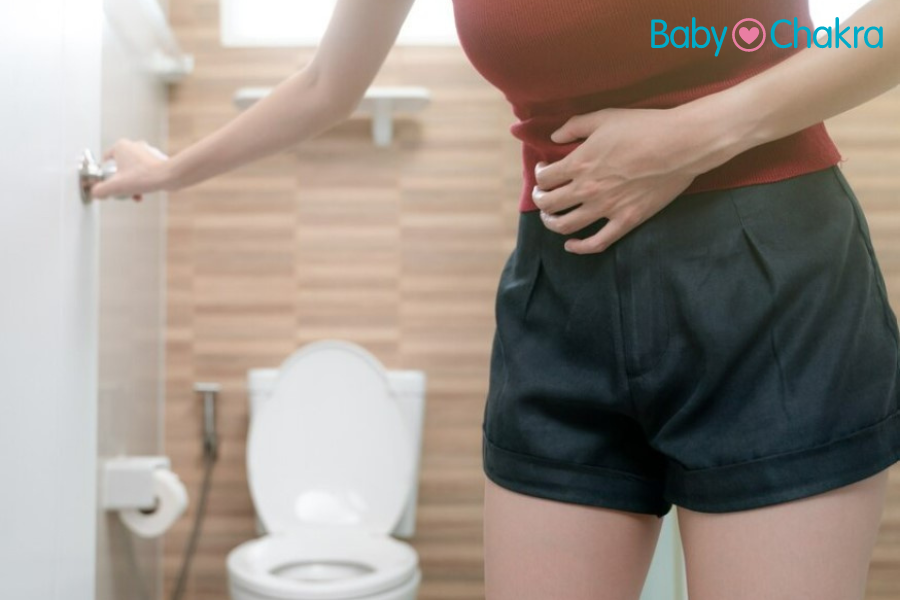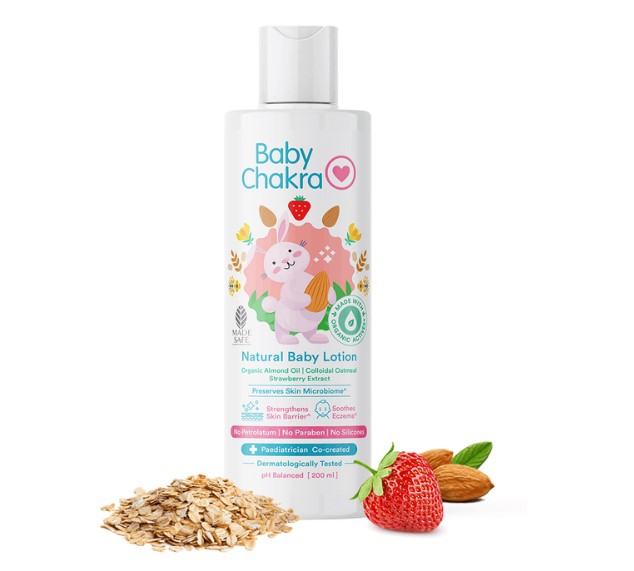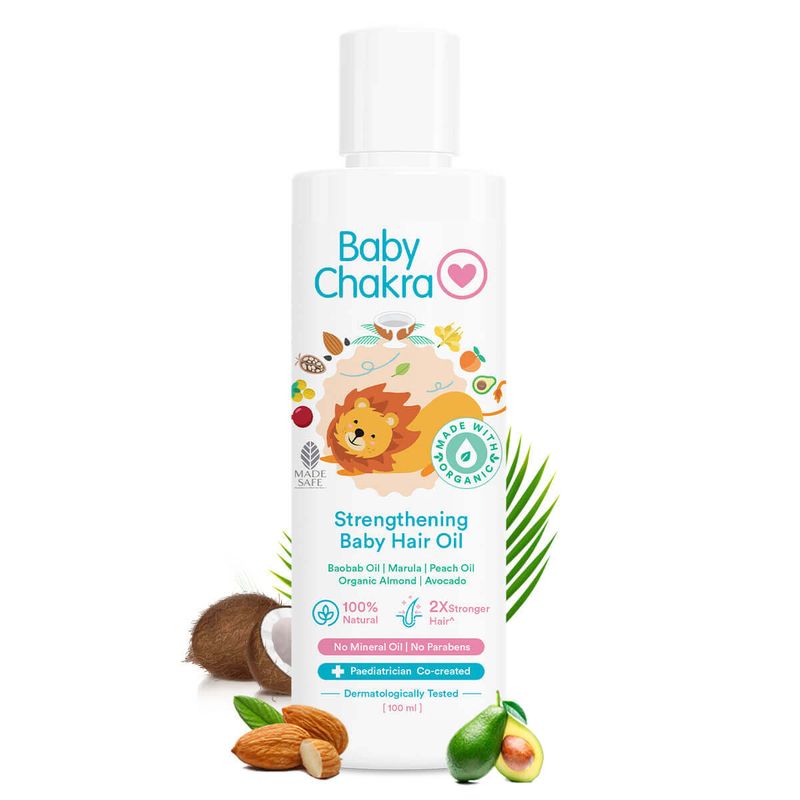
8 Ways To Successfully Cope With Postpartum Urinary Incontinence
5 Apr 2023 | 6 min Read
Sudeshna Chakravarti
Author | 799 Articles
Postpartum urinary incontinence is the inability to control your bladder function. This may lead to sudden bladder leakages and mostly occurs in women post-delivery. While it is a common postpartum symptom, this condition can be quite embarrassing and frustrating for mums.
But don’t worry, there are many ways to cope with this condition and help regain your bladder control. Read on as we give you more details about the causes of this condition, types of urinary incontinence that you may experience, and helpful tips to successfully manage postpartum incontinence.
What Is Postpartum Urinary Incontinence?
Postpartum urinary incontinence is characterised as the lack of bladder control post-delivery / Image credit: Freepik
Postpartum urinary incontinence is characterised by the involuntary partial or full release of your bladder after childbirth. Due to this condition, you may experience bladder leakage while performing certain physical activities, such as running or jumping, or during forceful movements, such as coughing and sneezing.
A study conducted by the BMC Pregnancy and Childbirth Centre noted that postpartum urinary incontinence affects almost half of all pregnancies. Additionally, if you frequently peed your pants during pregnancy, you are more likely to experience bladder problems post-delivery.
Different Types Of Postpartum Urinary Incontinence
The American College of Obstetrics and Gynaecology categorises urinary incontinence into three types.
- Stress incontinence: This occurs due to pressure formed in your bladder. You may experience leakage while laughing, coughing, or doing rigorous exercise movements.
- Urgency urinary incontinence: This occurs when you experience a sudden and uncontrollable urge to pee, resulting in bladder leakage on the way to the washroom.
- Mixed incontinence: This is a mix of both stress and urgency urinary incontinence and is common among women who have experience incontinence during pregnancy.
Causes Of Postpartum Urinary Incontinence
Instead of singling out just one cause, experts believe that postpartum urinary incontinence is associated with several factors, including your method of childbirth and genetics. For instance, if you deliver vaginally, you are more likely to experience urinary incontinence as compared to women delivering their baby via c-section.
Regardless, you may experience postpartum urinary incontinence due to the following factors.
- If you have given birth to multiples (twins, triplets)
- If you have experienced incontinence during pregnancy or before
- If you’ve had a forceps delivery
- If you are overweight
- If you’ve had a pelvic injury during childbirth
- If you’ve had a vacuum-assisted delivery
8 Helpful Tips To Cope With Postpartum Urinary Incontinence
Kegel exercises and light stretches help strengthen your pelvic floor muscles and help you regain bladder control / Image credit: Freepik
It may take a few weeks or months until you regain your urinary bladder control post-delivery. The good news is that there are several ways you can manage postpartum urinary incontinence, and boost your recovery process.
Practice Kegel Exercises
Kegel exercises help strengthen your pelvic floor muscles and reduce postpartum discomfort. It is especially beneficial for those experiencing urinary incontinence and helps prevent bladder leakage. You can start these exercises after consulting your doctor to support your pelvic floor region.
After getting the go-ahead from your doctor, you can try simple Kegel exercises, such as hold and release. To do this, follow these steps.
- Sit on the floor or a chair
- To squeeze your pelvic floor muscles, pretend that you are trying to hold your urine
- Hold this position for a few seconds and then release slowly
- Do this exercise thrice a day
Increase Your Fibre Intake
It is common for many women to experience constipation during the postpartum period. This adds pressure to your bladder, leading to sudden leakages. To avoid this, consume a fibre-enriched diet, and include nutrient-rich foods like broccoli, almonds, kidney beans, and collard greens.
These foods help regulate your bowel movements and offer relief from constipation, which further reduces the risk of urinary incontinence post-delivery.
Avoid Caffeine And Citrusy Foods
Citrusy foods and caffeinated beverages may irritate your bladder and make it all the more challenging for you to control your urine. Hence, avoid these foods, and if you are experiencing incontinence, consult your doctor before adding them to your diet.
Instead of caffeinated drinks, rely on fresh fruit juices, or just plain water to enhance your energy and hydration levels.
Consider Investing In Bladder Control Pads
Bladder control pads are a must-have if you are experiencing urine leakage post-delivery / Image credit: Freepik
Bladder control pads help absorb urine leakage and are a must-have if you are experiencing incontinence postpartum. These pads are made with highly-absorbent materials and are much smaller as compared to sanitary napkins. They are easy to change as well, so make sure you carry a couple of these pads when you are on the go, just in case there’s an emergency.
Stay Hydrated
You may feel the urge to cut back on drinking water if you are facing urinary incontinence. However, remember, insufficient hydration can make you vulnerable to urinary tract infections (UTIs) and dehydration. Hence, make sure to drink at least 8-10 glasses of water regularly, and have healthy smoothies to amp up your hydration levels.
Maintain A Healthy Weight
Maintaining a healthy weight will help relieve any kind of pressure from your bladder and prevent urine leakage. But this does not mean that you get back into rigorous workout routines right after childbirth. Take your time, and wait for your doctor to give you the green signal to start your workout routine postpartum.
First, start with mild exercises, such as Kegels and stretches to regain your strength, and then slowly transition into your regular workout routine.
Avoid Putting Pressure On Your Abdomen
Do not indulge in any kind of activities that put additional pressure on your abdominal muscles. Refrain from doing ab exercises, lifting heavy weights or objects, or running and jumping to reduce pressure on your abdomen and prevent the risk of urinary incontinence.
Train Your Bladder
You can also consider training your bladder to cope with postpartum incontinence. Urinate every 30 minutes, even before you feel the urge, and then gradually extend the duration between your bathroom trips.
This method will help train your bladder, and you will notice you are able to control your pee and urinate at normal intervals, without experiencing sudden leakages.
Conclusion
Postpartum urinary incontinence might seem uncomfortable, but it is a common condition that many mums experience after childbirth. This condition can be easily managed with lifestyle changes and exercises. However, if you feel that your symptoms are concerning, it’s always a good idea to discuss your condition with your doctor.
Recommended Baby Care Products:
Also Read:
Acupuncture during pregnancy: Is it safe to get acupuncture during pregnancy? Tap this post to know.
Sleeping positions after c-section: These are considered the safest sleeping positions after a c-section delivery. Check them out!
Postpartum pains: We have discussed the most common postpartum pains experienced by new mums and ways to deal with them.
Cover Image Credit: Freepik.com
A


Related Topics for you
Suggestions offered by doctors on BabyChakra are of advisory nature i.e., for educational and informational purposes only. Content posted on, created for, or compiled by BabyChakra is not intended or designed to replace your doctor's independent judgment about any symptom, condition, or the appropriateness or risks of a procedure or treatment for a given person.



